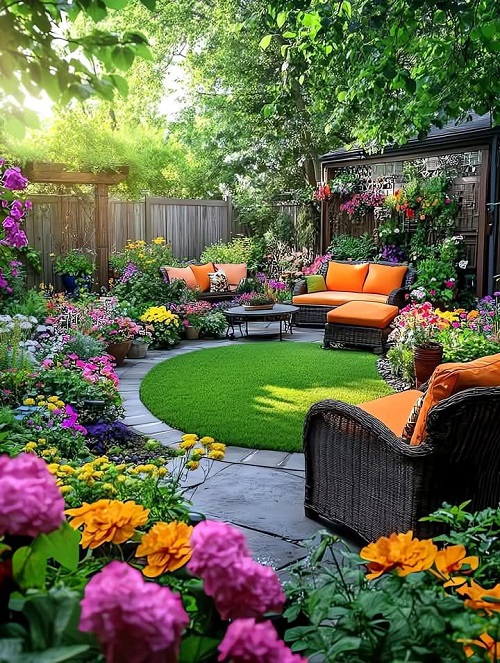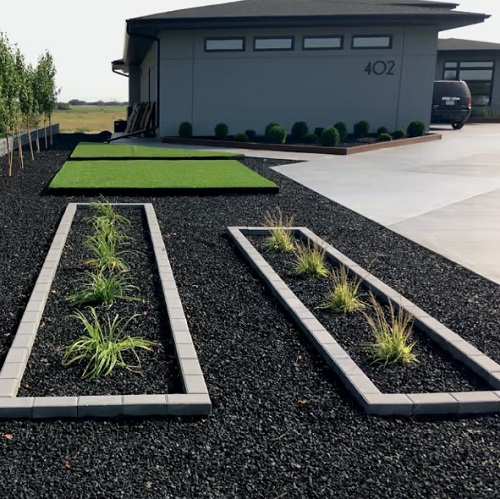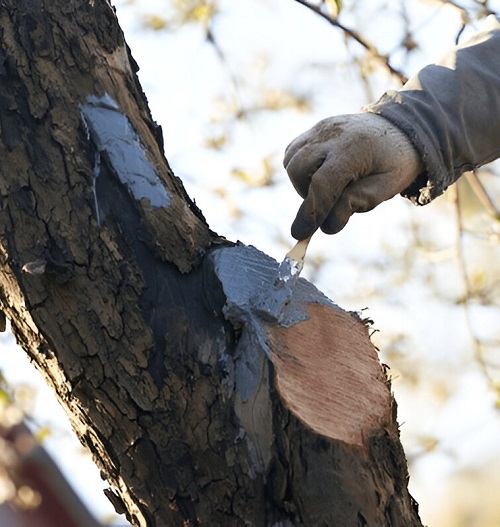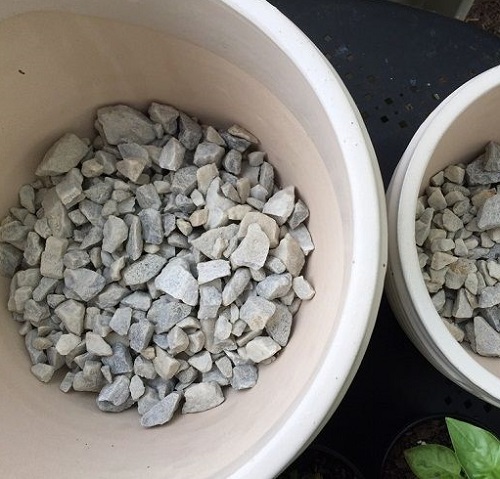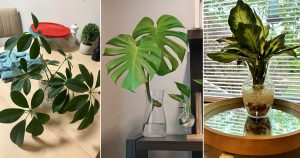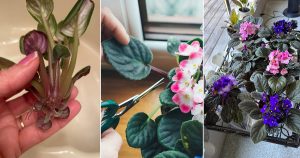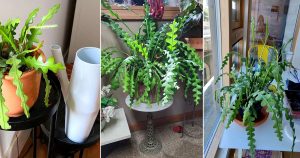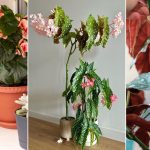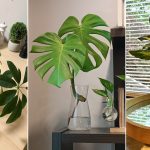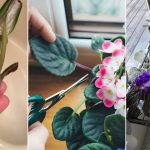Learn the truth about common gardening myths that may harm your plants and stop you from getting healthy, thriving growth.
Gardening Myths that Can Harm Your Plants
1. Rubber mulches
Rubber mulches are widely touted as a “permanent fix” and not subject to decomposition, safe for kids, pets, and plants, with the extra advantage of not providing food or habitat for insect pests (no mention of the beneficial ones).
Comparative studies of various mulches conclude that rubber is less effective in controlling weeds than traditional materials, such as wood chips, sawdust, and straw. Moreover, rubber is slowly broken down by bacteria and fungi just like any other organic material, and as the tires decompose, their constituents leach into the environment. Current studies show that leachate from car tires can kill algae, seaweed, and fish in saltwater, while freshwater lakes and rivers are even more sensitive to contamination.
Of most significant concern are the heavy metals that have been found in tire leachate (cadmium, chromium, copper, manganese, and selenium), and as much as two percent of total tire mass may be zinc, which can accumulate in plants. Other toxic “accelerators” used in the vulcanization process persist in the environment, and together with PAHs, used to soften rubber, are lethal to aquatic life. Plus, rubber mulch is highly flammable and difficult to extinguish once ignited. So I’ll be sticking to bark chips.
Gardeners always have to be on the lookout for snake oil solutions, and that includes a good deal of traditional folklore, too. While many horticultural practices and potions have stood the test of time because they work (like crop rotation and composting), many more can lead you down the garden path.
2. Pruning paints
Another myth debunked is that pruning cuts on trees should be painted with a wound dressing to keep out insects and infection. It is shown that the opposite is true: Rather than keeping problems out, wound paints seal them in, while hindering protective “wound wood” from forming.
3. Gravel in containers
Despite being counterintuitive, adding gravel to the bottom of a container doesn’t enhance drainage; it inhibits it. When water moving through soil reaches an interface between two soil types, it stops moving; a phenomenon known as a “perched water table.” Only once the soil is completely waterlogged will gravity pull water down through the gravel. To prevent potting soil from dribbling out drainage holes, cover the holes with a piece of screening or a broken pot shard – neither will interfere with drainage.
4. Watering your plants on a bright sunny day
Contrary to popular belief, watering your plants on a bright sunny day won’t scorch their leaves (wet foliage doesn’t get sunburned, and water droplets don’t act like mini-magnifying glasses), but due to evaporation, you’ll waste a lot of water.


